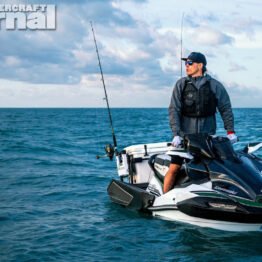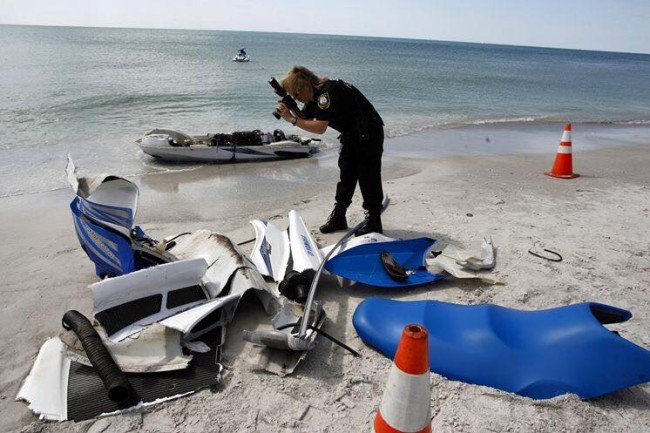Listen, this goes without saying – but apparently not. There are still waaay too many accidents happening each year in association with personal watercraft, and most (if not all) were completely avoidable. Nobody should lose their life on a watercraft. Seriously. Nor should there be anyone seriously injured. Today’s runabouts are safer than most traditional boats on the water with the advent of brake controls on Sea-Doos and Yamahas (take note, Kawasaki!), electronic throttle controls, cushioned and padded surfaces, modern lightweight and durable materials, and the list goes on and on.
Nevertheless, hundreds of PWC enthusiasts are severely injured each year in the United States and it’s not the racers or freeriders pushing themselves (and their machines) to their very limits skewing the numbers, either. We’re not going to tell you to never jump a wave (or boat wake), to tow your friends on a raft a little too fast, or race alongside your buddies. You’re gonna do those things regardless of what we say. Rather, we want many of you to stop and think. We know, we know. That’s tough, particularly when the adrenaline is pumping.
So with a little contemplation, we wanted to share these “5 Easy Rules” for safe and enjoyable PWC use provided courtesy of safetyresource.org:
☻ Always, always, always wear a life jacket. Guess what, you don’t float as well as you might think, and chances are you’re not in the best of shape to tread water until somebody comes to pick you up. Wear a life jacket. We don’t care if you think you look dorky. Wear. The. Stinkin’. Life. Jacket.
☻ Use the ski’s safety features. Some PWC have brakes (as mentioned above). All others employ an engine-deactivating lanyard. Strap that lanyard to your wrist, or your life vest. If you’ve never ridden a personal watercraft before (which, thanks for reading The Watercraft Journal) it’s either a red cord with a red neoprene strap that can loop around your wrist or life vest’s front buckle, or on a Sea-Doo, a black cord with either a yellow or green foam cover. Your ski won’t start without it.
☻ Stay alert. It’s easy to get caught up in all the fun once you grab a handful of throttle. We get it. But seriously, keep your eyes open and on the lookout for other boats, skiers, divers, or swimmers. You move a lot faster than they do, so you’re responsible for seeing them before they see you.
☻ Don’t drink alcohol. Seriously?! Is this even a question? But y’know what, apparently we need to go over this again. Alcohol is a retardant. It slows down your brain’s ability to receive and process information, and then dictate commands. Alcohol makes you stupid. But hey, what you do on your own time is up to you. But operating a 1,000-pound supercharged PWC should never be one of them.
☻ You’re likely not as good as you think you are. There is only one Chris MacClugage, Pierre Maxient and Mark Gomez. Here’s a pro tip: chances are you’re nowhere near as talented as they are. So, unless you’re training to compete, quit trying to show off to your friends and family. That leg drag you’ve always wanted to try will probably end in a hernia.
☻Oh, and one more thing. Make sure to always strap your skis down securely to your trailer and drive cautiously. Accidents happen by accident. Nobody plans for bad things to happen, so try to think ahead.
















